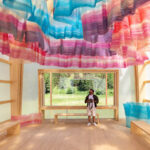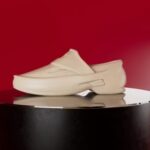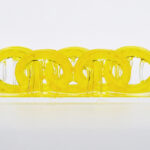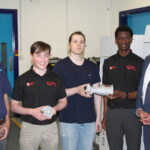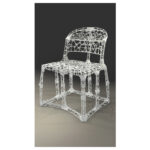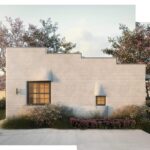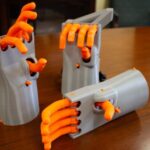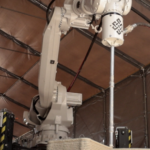The microstructure of metals printed with LPBF methods can be modified by tweaking certain process parameters while the printing process is underway.
Researchers from the University of Waterloo, Canada, have found that a secondary pass of the laser after the printed section has cooled and solidified can also modify the microstructure of the printed section.
Parameter Effect on Microstructures
Typically, when printing with LPBF methods, the microstructure (grain size and shape) can be altered by varying such parameters as laser scanning speed, power, interlayer rotation, and scanning strategy. All of these tunable parameters directly affect the thermal history and solidification conditions of the printed section, which are linked to factors such as solidification rate, temperature gradient, melt pool size and shape, and others.
Previous research into the effect of tuning the process parameters has shown that changing the speed and power of the laser can result in the formation of coarser grains, as well as a higher percentage of grains forming in preferred directions. Other research teams have demonstrated that changing the scanning strategy to an XY scan can result in anisotropy and more ductility along the build direction. In other cases, it was found that rotating the direction of the scan between layers can significantly influence the grain size and grain aspect ratio.
Remelt
The researchers at the University of Waterloo experimented with a titanium alloy (specifically a plasma atomized Ti-5Al-5Mo-5V-3Cr powder feedstock), which has a wide range of applications in aerospace, although it is used in landing gear design quite a fair bit. It is preferred in aerospace due to its good processability and hardenability.

But naturally, additive manufacturing of this alloy has advantages over traditional manufacturing methods such as reduced cost and increased geometric complexity, the latter of which can ultimately contribute to lightweighting.
By passing the laser over the printed sections after they had been printed and had solidified, the researchers were able to modify the microstructure and alter the grain size and direction in-situ.
By immediately passing the laser over the solidified layer a second time, at a lower power than the first pass, it was observed that another thin melt pool had formed on top of the original melt pool. The remelted layer then solidified over the first layer, creating a more uniform solidification pattern than the first, resulting in elongated grains that grew in the direction of the build.
Benefits of Laser Post-Exposure
It was determined that the titanium parts printed with LPBF and then given a post-exposure blast with the laser to initiate remelting were mechanically comparable to parts made with directional solidification processes. That is to say, they had enhanced fatigue and creep resistance, which are definitely properties that are beneficial to aircraft landing gear.
The printed samples were cut, ground, polished and etched, following the standard metallographic sample preparation processes, and examined with an optical microscope to observe the melt pool boundaries. Further analyses were carried out with scanning electron microscopy and electron backscatter diffraction.
Overall it was shown that the samples had uniform and uninterrupted columnar grains with fewer high-angle grain boundaries detected in the vertical growth direction. The average length of the elongated grains was found to be 845 μm and the grains had a higher degree of organization compared to the samples printed without the laser post-exposure treatment.
The researchers point out that this was the first time that in-situ modification with a laser had been carried out, post-solidification, and with the results showing that the printed samples were comparable to directionally solidified parts, it’s definitely a promising means of printing this particular titanium alloy.
You can read the full (open access) paper titled “In-situ microstructure control by laser post-exposure treatment during laser powder-bed fusion” in Additive manufacturing Letters, over at this link.


